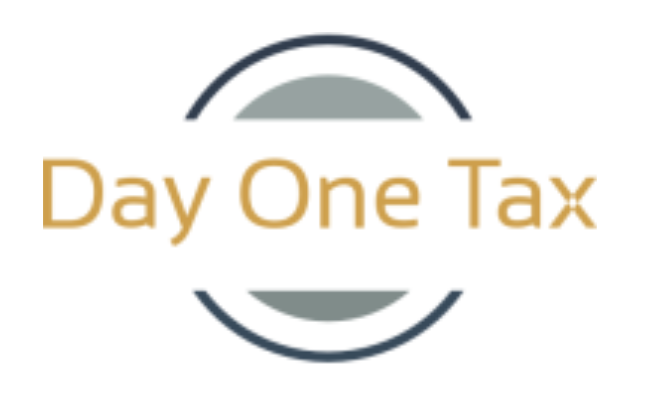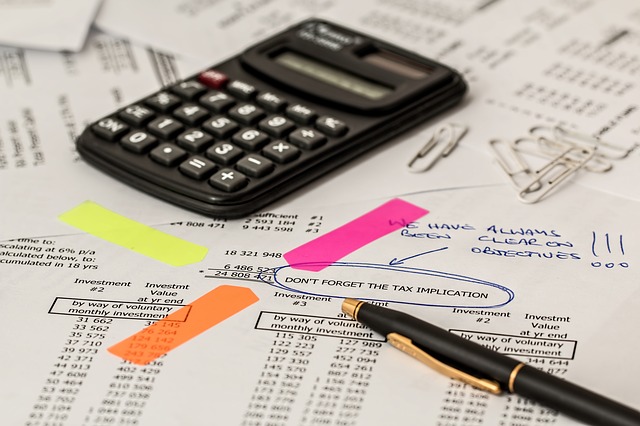Overview of Japan’s Simplified Tax System under the Consumption Tax Law
Overview
Japan’s simplified tax system under the Consumption Tax Law is designed to reduce the administrative burden on small and medium-sized enterprises (SMEs). Under the general tax system, businesses need to calculate the amount of input tax credit based on their actual expenditures. However, the simplified tax system allows businesses to use a “deemed purchase rate” set for each industry to easily calculate their input tax credit, significantly reducing accounting workload and making tax filing easier.
Purpose of simplified tax system
The purpose of the simplified tax system are as follows:
- Reduction of Administrative Burden: SMEs face significant administrative burdens in filing consumption tax returns, and the simplified tax system aims to alleviate this burden.
Conditions
The main conditions for applying the simplified tax system are as follows:
- Taxable Sales in the Base Period: The taxable sales in the base period (generally the fiscal year two years prior) must be JPY 50 million or less. The base period refers to the fiscal year two years prior if the taxable period is one year.
- Submission of Notification: To apply the simplified tax system, businesses must submit a “Notification of Selection of the Simplified Tax System” to the tax office by the day before the first day of the taxable period for which the application is to be made. Once applied, it generally cannot be changed for two years.
Comparison with general tax system
The following compares the general tax system and the simplified tax system:
– General tax system:
– The amount of consumption tax on sales is calculated, and the actual amount of consumption tax on purchases (input tax credit) is deducted from it.
– Accurate accounting is required, and detailed records of expenses and purchases are necessary.
– Simplified tax system:
– The amount of consumption tax on sales is calculated, and the input tax credit is calculated using the deemed purchase rate, then deducted from the sales tax amount.
– The administrative burden is reduced, and detailed records of actual expenses and purchases (for a consumption tax purpose) are not necessary.
Calculation Example
Let’s look at a specific calculation example.
Example: A wholesale business (with a deemed purchase rate of 90%) has annual taxable sales of 40 million yen (tax-excluded).
- Consumption tax on sales: 40 million yen × 10% = 4 million yen
- Input tax credit using deemed purchase rate: 4 million yen × 90% = 3.6 million yen
- Tax payable: 4 million yen – 3.6 million yen = 0.4 million yen
By using the deemed purchase rate, businesses can easily calculate their tax payable.
Business Categories and Deemed Purchase Rates
Under the simplified tax system, the deemed purchase rates vary by business category. The main categories and their respective rates are as follows:
- Category 1 (Wholesale): 90%
- Category 2 (Retail, etc.): 80%
- Category 3 (Manufacturing, etc.): 70%
- Category 4 (Restaurant, etc.): 60%
- Category 5 (Service, etc.): 50%
- Category 6 (Real Estate): 40%
Businesses must confirm which category their business falls under and apply the appropriate deemed purchase rate. In the case of businesses operating in more than one category, it is necessary to determine which category each sale falls into, but if the proportion of the main business is high (75% or more), there is a special exception that allows only the deemed purchase rate for that business to be used.
Summary
The simplified tax system is a valuable tool for SMEs to significantly reduce their administrative burden. If the taxable sales in the base period are 50 million yen or less and the notification documents are submitted at the appropriate time, businesses can apply the system, using the deemed purchase rate to simplify their accounting and tax filing processes. However, since the choice of applying the system cannot be changed for two years once made, careful consideration is required beforehand. It is important to understand the differences between the general and simplified tax systems and choosing the one that best suits the business situation. Also, please note that simplified tax system cannot be applied to foreign businesses that do not have a Permanent Establishment (PE) in Japan (from tax periods beginning on or after 1 October 2024). A Permanent Establishment (PE) generally refers to a base such as a branch, business office or factory.
(Published on 2024/5/17)

